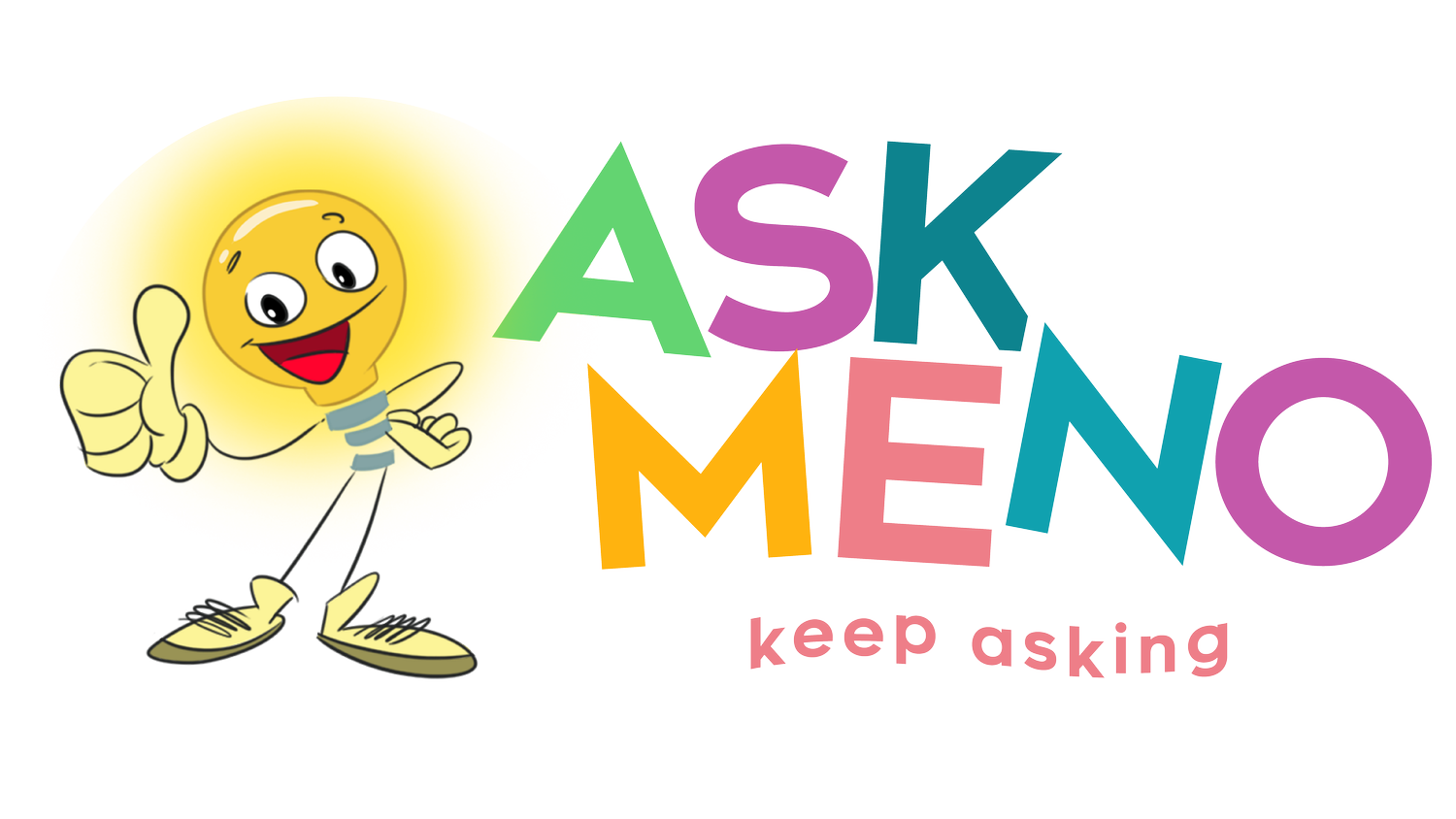Measuring Language Comprehension
Early literacy question of the day: How can the Language Comprehension strand of Scarborough's Reading Rope be measured in the classroom?
Many of us in education know the role Language comprehension (LC) plays in both the Simple and Active View of Reading. But many struggle to effectively measure early learner growth in this pillar of literacy. The common reasons for it are complex, but LC more often than not becomes less of a focus over systematic phonics instruction, and it's difficult to develop, track, and measure growth in this area.
Reading Specialist Mark Pennington summarizes it well¹:
💡 The components of language comprehension tend to be more abstract than those of word recognition
💡 Primary teachers, understandably, tend to have more pre-service and professional development in word recognition than they do in language comprehension.
💡 Teaching language comprehension is tough and one of the most complex tasks for the learners
Measurement comes down to capturing growth in the 5 sub-strands:
Background Knowledge
Vocabulary
Language Structure
Verbal Reasoning
Literacy knowledge
If you're interested in assessing and measuring LC growth over time, here is a list of methods to look into:
📍 Which One Doesn’t Belong (WODB)²
📍 Pre-K Test of Narrative Retell (TNR)³
📍 Assessment of Story Comprehension (ASC)⁴
📍 Assessment of Comprehension and Expression (ACE)⁵
📍 Language Intervention Through Engaging Stories (LITES)⁶
📍 AskMeno’s Language Comprehension Program - We’re biased toward this one since this is our measurement and instructional resource!
—--
Sources:
¹https://blog.penningtonpublishing.com/scarboroughs-other-side-of-the-rope/
³https://www.proedinc.com/Products/14560/tnl2-test-of-narrative-languagesecond-edition.aspx
⁴https://products.brookespublishing.com/Assessment-of-Story-Comprehension-Manual-P1087.aspx
Visit our Linkedin Page for more PD content
About AskMeno
AskMeno is dedicated to helping early-childhood leaders build the foundational oral language and social skills necessary for their young scholars’ reading comprehension and emotional wellbeing. AskMeno provides a play-based, teacher-facilitated supplemental curriculum that systematically and explicitly develops oral language and social skills through scaffolded, fun, and engaging learning activities.


